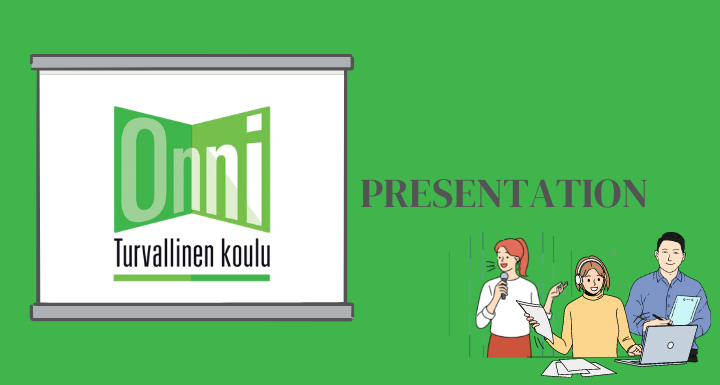ISES 2023: To assess safety culture at comprehensive schools
Event:
International Safety Education Seminar (ISES), 23.-24.11.2023, Linz, Austria.
Title:
To assess safety culture at comprehensive schools
Authors:
B. Somerkoski, J. Kokki, J-P. Peltola, M. Waitinen, E. Lindfors
Abstract:
Pupils’ right to safety, security, and welfare is mandated in Finland. At the same time, intentional and unintentional injuries, bullying and youth violence set new challenges to the comprehensive school as well as to the whole society. To create socially, economically and ecologically sustainable society and based on the Prime Minister Sanna Marin´s government programme in Finland, University of Turku, Department of Teacher Education established a school safety and security programme ONNI (Happiness). The aim of the programme is to enhance safety by providing versatile and practical tools for the comprehensive schools in Finland. The activities of the programme include for instance launching a web-based application to report and monitor safety deviations, to establish safety team at every school; to encourage student participation in safety actions; to organize safety themed events and to participate to fire safety campaign NouHätä! to gain competence on fire safety.
The safety culture of the educational institution can be considered from many perspectives. The most common is to distinguish physical, psychological and social safety factors from the learning environment. Safety culture is a combination of the attitudes, values, and perceptions that influence how something is practically done in the organization. Here these components are for instance safety management, documentation, safety responsibilities, safety deviation monitoring, prevention of bullying and harassment and stakeholder involvement. As part of the ONNI research activity, we assessed safety culture in each participating school. We collected the research data from 15 focus group discussions with total of 848 meaning units – words or word clusters. Finally, for the qualitative analysis we used 64 (n=64) meaning units that describe proactive and resilient safety culture.
As result we found that at the schools with advanced safety culture, the key function was a dynamic sharing of safety information within the organization. In the schools of advanced safety culture, the key safety and security documents are updated on a regular basis, the control of document reading was monitored and new safety documents are produced, if needed in the changing safety situation. Secondly, the approach to safety as a whole was systemic. Schools had established reporting and information procedures, such as websites and messaging groups regarding safety and security. The sharing of information also appeared in crisis situations; the staff were familiar with the practical procedures, for instance responsibilities in a crisis situation. In addition, information was also provided for those who were short-term at school, such as trainees or substitute teachers.
The schools with advanced safety culture were active in stakeholder communication as they were in cooperation with experts and NGO´s outside the school community or with another educational organization nearby. Making requests for services to the real estate manager was seen as an important link between the teachers and the technical staff. In schools of advanced safety culture, safety values were reflected, for example, in the attitude towards the safety training of pupils and staff. Focus group discussions revealed that in schools of advanced safety culture, staff and pupils questioned neither the promotion of a safety culture, nor the resources used for it. To recognize the signs of advanced safety culture may be useful when creating new safety education materials for comprehensive school staff or while visiting the schools.
More information:

